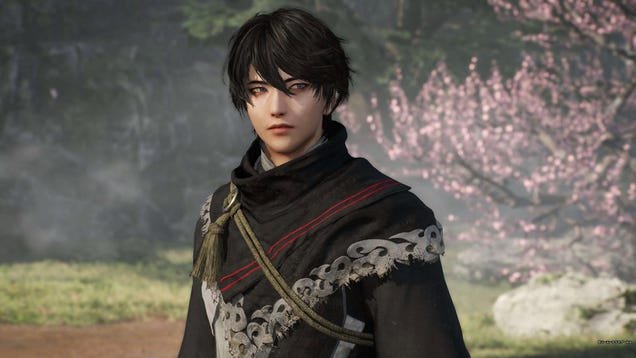
Dynasty Warriors: Origins is nothing if not a power fantasy. Fighting thousands of grunts at once is fun in and of itself, but soaking up loads of skill points and experience points to unlock consistently stronger abilities makes the game hard to put down. That said, while Origins isn’t necessarily complex, its leveling system is idiosyncratic enough that I had to use the word idiosyncratic to describe it. This was always how I imagined I’d use my English degree.
To be clear, Dynasty Warriors: Origins doesn’t necessitate any kind of level grinding to succeed. Even on the “Hero” hard mode, I didn’t feel like I ever lacked for power in most battles (especially since it’s easy to lower the difficulty if you encounter a battle that’s giving you trouble). Having said that, leveling up and becoming stronger is a core part of the Dynasty Warriors experience. Trust me, you’re going to need that power if you aim for 100% completion. So to help you on your journey as the Guardian of Peace, here are five tips that will help you accrue strength as fast as possible.
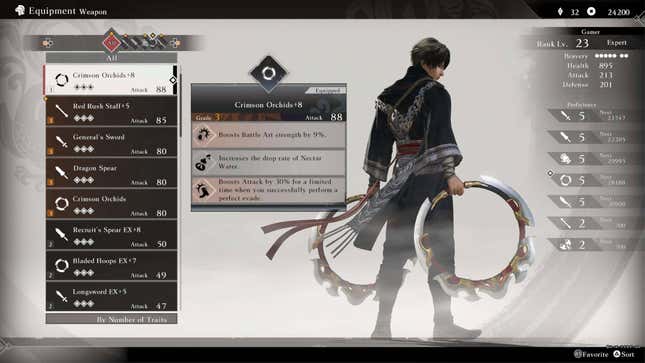
The fundamental rule of Dynasty Warriors: Origins’ leveling system is that your weapon types—not your protagonist—gains experience. The more you level up all your available weapon types, the more stat increases and skill boards you’ll unlock.
Weapons can still earn a modicum of passive experience if you don’t use them. However, to best maximize your power, you should use your weapons as evenly as you can. You’ll inevitably feel more comfortable with some weapon types over others, so I recommend saving your best weapons for major story battles while you use the armaments you’re least confident with during side missions or less eventful stages. Weapons require exponentially more experience points to level up as they grow in rank, so don’t let your growth plateau just because you only want to use swords.
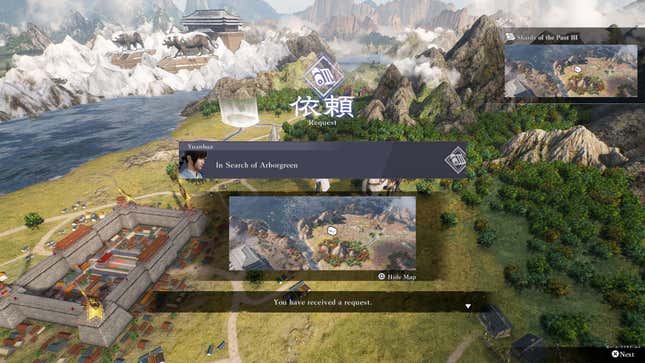
I know this one sounds obvious. Like, of course you’ll get stronger if you complete optional missions, welcome to virtually every video game ever made. That said, Dynasty Warriors: Origins doesn’t always make its side objectives obvious—and you’ll want to complete all of them if you’re looking for total completion and a shiny platinum trophy. Even bond events can lead to optional challenges you can complete for an infusion of skill points, and most of these are easy to accomplish in the background while you play the main story.
To make sure you don’t miss anything, I recommend opening up your map screen after major story battles to see if anything new has popped up. Also make sure to keep checking back at the inn to see if you’ve gotten more mail, since that can lead to more optional content as well.

Whether you’re grinding skirmishes or tearing through story missions, know that your skill points and experience are based on the KOs you pick up. Sure, just gunning for the immediate objectives to complete a mission will get you to victory faster. However, if you take the time to make a dent in a dense mob of small fry, you’ll rack up rewards way faster.
With that in mind, if you do decide to grind via skirmishes, aim for battles that involve a large force to optimize your KO count. Battle Arts that inflict wide area-of-effect damage around you will help out a lot here, especially if you can use attacks that inflict huge damage on enemy commanders while you simultaneously clear the field. You don’t necessarily need to go wild on every pack of commander-less enemies you see on the battlefield. However, at least making a quick dent on packs of foes as you see them will net you a modest chunk of EXP.
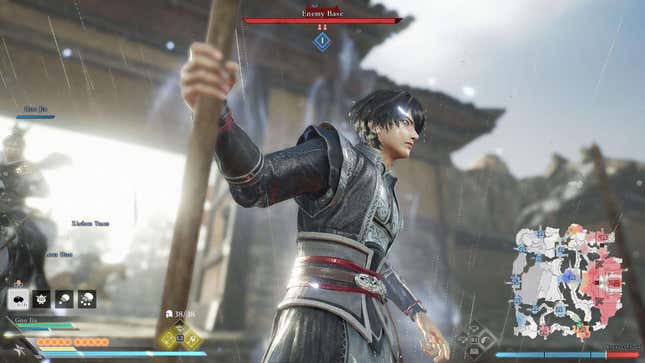
As you progress into the later stages of Dynasty Warriors: Origins, you’ll eventually find accessories that boost your rewards from battle at the cost of taking 100% increased damage. These are the Amulet of Fortune, Amulet of Means, and the Amulet of Merit. On the surface, these items can be very helpful. After all, who would say no to bonus money, skill points, and/or weapon drops?
However, the amulets are so risky to use that I only recommend using them if you’re playing missions you know you can easily steamroll. That increased damage adds up more than you might expect, and if you need to retry missions or retreat to chase down meat buns, you’re not really speeding up your gains. And that’s without considering that every accessory slot used on an amulet is an accessory slot that isn’t used to improve your battle prowess.
Similarly, the training weapons which increase your proficiency gains are also kind of a trap. The logic is the same as above; even if you’re dying for the increased experience points, training weapons are so much weaker than your other available armaments that the benefits are kind of negated. After all, if using the weapons makes every enemy take longer to defeat, is it really speeding up your grind? You do need to purchase all of them if you’re gunning for 100% completion, and they can be useful if you’re replaying super easy missions, so they’re not a waste to purchase. However, if you’re in this boat, you’d be better off if you…
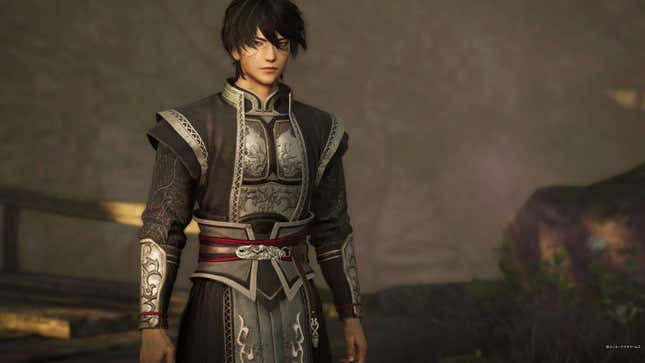
If you’re just starting out, there’s no need to overthink the difficulty options. Video games should be fun, first and foremost. Gaming the settings to maximize your gains should be a secondary objective.
Having said that, once you’re in a level grind mindset (because you want to get stronger or you’re progressing through postgame), the difficulty settings become an invaluable tool for your progression. Hero mode—the standard hard mode— awards a small amount of extra rewards if you select it, so it’s a no-brainer to select if you can handle a little extra intensity. I found most of the game to be perfectly surmountable with the difficulty turned up on a first playthrough, albeit with some exceptions (my first time in Chibi was not fun).
Once you’re in postgame, however, your priorities will change. Ultimate Warrior is the postgame-exclusive difficulty option, and it dishes out substantially greater rewards per battle than even Hero mode with a slew of amulets and training weapons equipped. It is a huge jump in level requirement, so you might not be able to jump into it right away after one playthrough. However, once you feel you can comfortably handle it (It starts getting pretty feasible after level 60), Ultimate Warrior is easily the best way to increase your power. You’ll need to play through the story multiple times to get all the endings anyway, so don’t sweat it too much if you can’t quite handle the optional challenges that Ultimate Warrior unlocks.
On the opposite end of the spectrum, if you want to take things easy, there’s nothing wrong with tuning the difficulty down to the easy Historian difficulty to blast through certain challenges. Sure, you sacrifice certain rewards. But if you’ve already mastered fighting Lu Bu, you’ll be forgiven for wanting to just bypass him on subsequent playthroughs!
Dynasty Warriors: Origins is available now on PS5, Xbox Series X/S, and Windows PCs.







